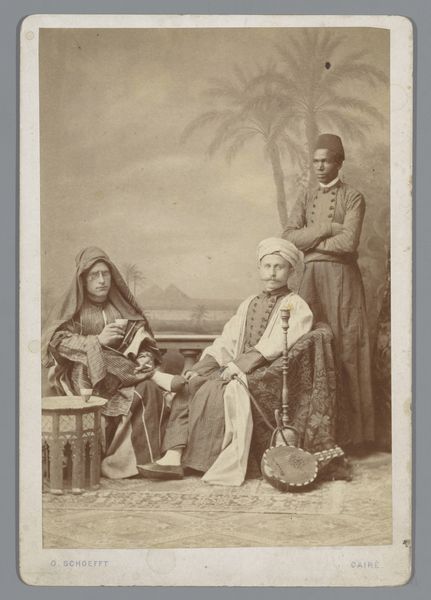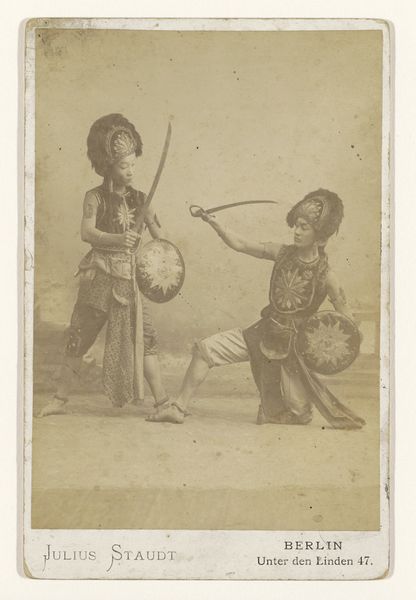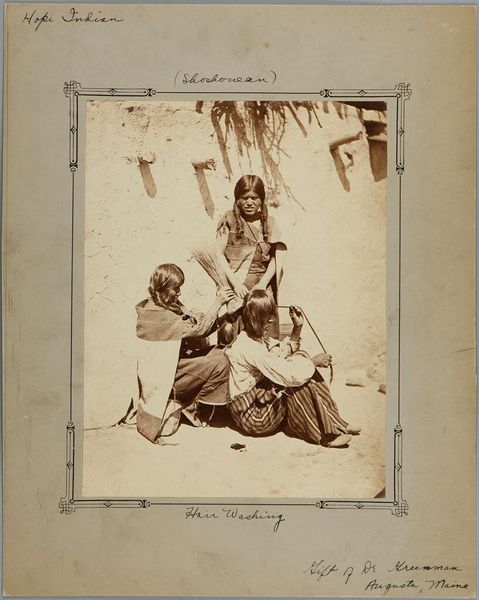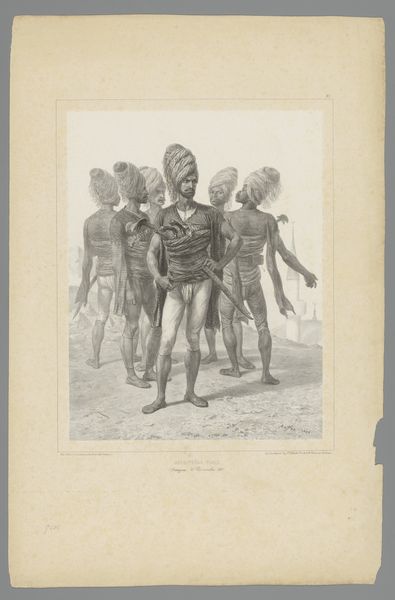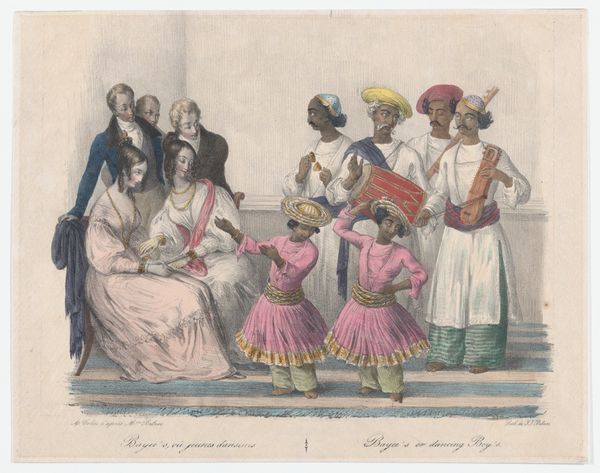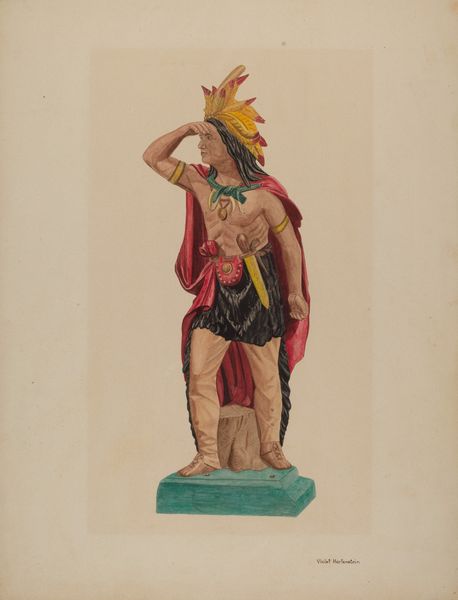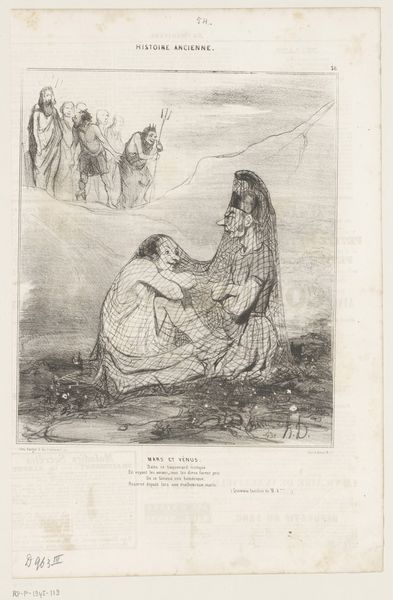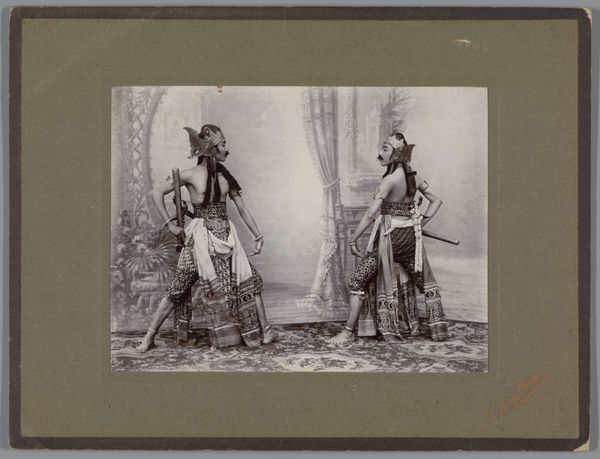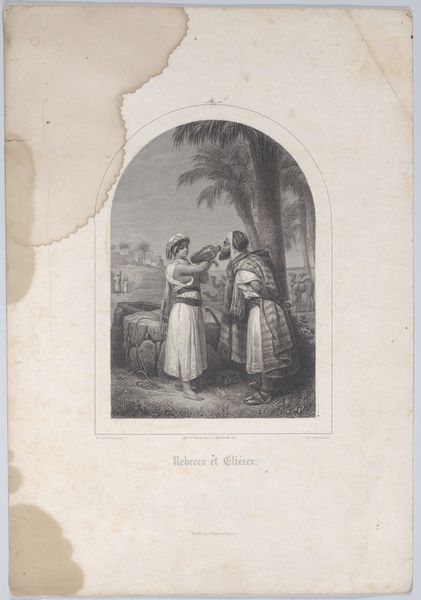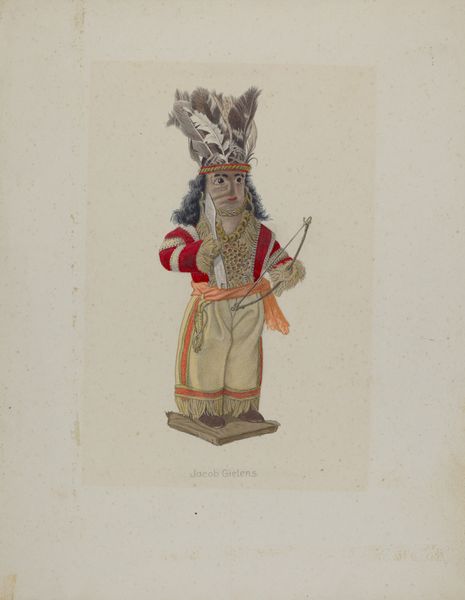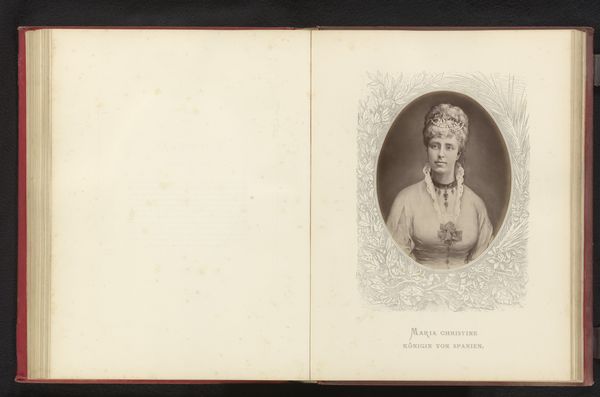
Osages: A Small Savage Tribe from North America, in the State of Missouri 1827
0:00
0:00
drawing, paper, pencil
#
portrait
#
drawing
#
paper
#
pencil
Dimensions: image: 9 1/16 x 8 7/8 in. (23 x 22.5 cm) sheet: 14 11/16 x 10 1/2 in. (37.3 x 26.6 cm)
Copyright: Public Domain
Curator: Here we have Louis Léopold Boilly’s 1827 drawing and print, titled, "Osages: A Small Savage Tribe from North America, in the State of Missouri.” Editor: "Savage Tribe"—ah, the casual brutality of classification. But the faces, so meticulously rendered, feel anything but savage. It’s more like… an attempt at detached observation that, predictably, reveals more about the observer than the observed. Curator: Absolutely. Boilly encountered these Osage individuals in Paris, documenting their visit as part of a broader European fascination with the "exotic." I'm struck by the labor, the physical effort required, to capture such detailed portraits in a time long before photography. Consider the paper, the ink, the printing process... Editor: And what they were *paid*, likely. Let’s not ignore how the labor supporting the production and the travel to capture these portraits fed right into European colonial structures. How were these portraits circulated? To whom? Whose consumption was this intended for? Curator: It's difficult to separate Boilly’s intent from the cultural context of his era, isn't it? What intrigues me is the individuality he manages to convey despite that. You can feel something in their gaze. Melancholy, perhaps? There is so much cultural weight. Editor: True, the gaze does beckon us, daring us to meet their humanity but let’s look closer at what the necklaces represent in connection with these people's culture. How were these acquired? Traded, given, taken, worn as markers of prestige—of someone’s labor, perhaps? Curator: It is definitely a minefield of loaded implications to be explored here. Editor: Right? That tension, though – it's where the artwork breathes, forcing us to reconcile artistic ambition, colonial practice, the weight of material culture. That is why it demands our attention. Curator: Indeed. On one hand, a problematic record. On the other, undeniably captivating portraits offering glimpses into complex human stories that continue to reverberate today. Editor: Exactly! And maybe by confronting the art, the making of art, we can start confronting how we frame that loaded term “savage” and instead look deeper at human connection through cultural creation.
Comments
No comments
Be the first to comment and join the conversation on the ultimate creative platform.
